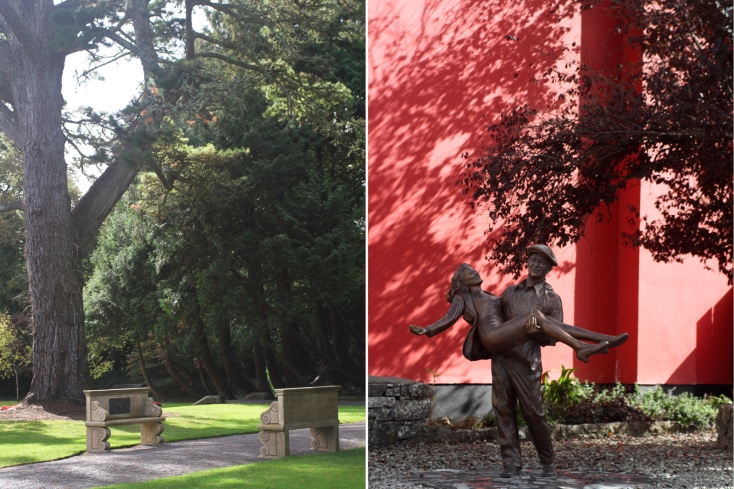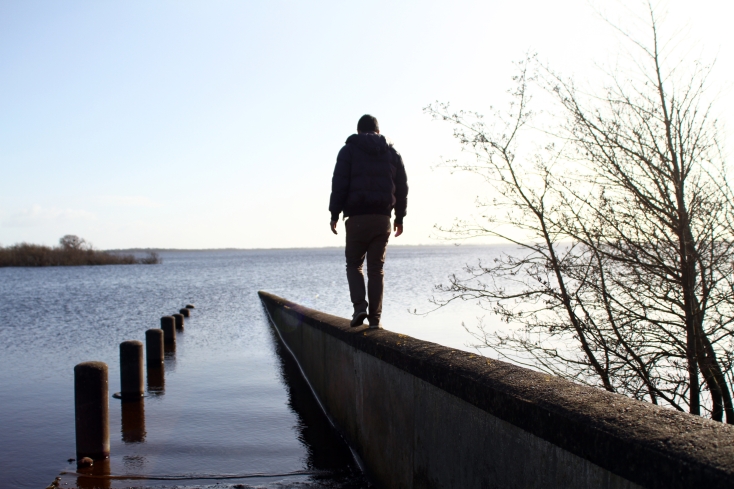
All the variety, all the charm, all the beauty of life is made up of light and shadow.
Lev Tolstoy
One of the reasons the Parthenon is known worldwide as ancient Greece’s most perfect Doric temple is due to the "optical corrections," apparent anomalies architects designed into the structure to correct the volumetric distortions that our eyes naturally produce. In other words, our perception of volume is affected by distance and, in particular, by the way in which light comes to rest on the object we are looking at. Light is the true sculptor, the real architect, the real illusionist. For this reason, the beauty of a place depends not only on its “points of interest", but also its interaction with the sky, illuminating it for us in different ways every day.
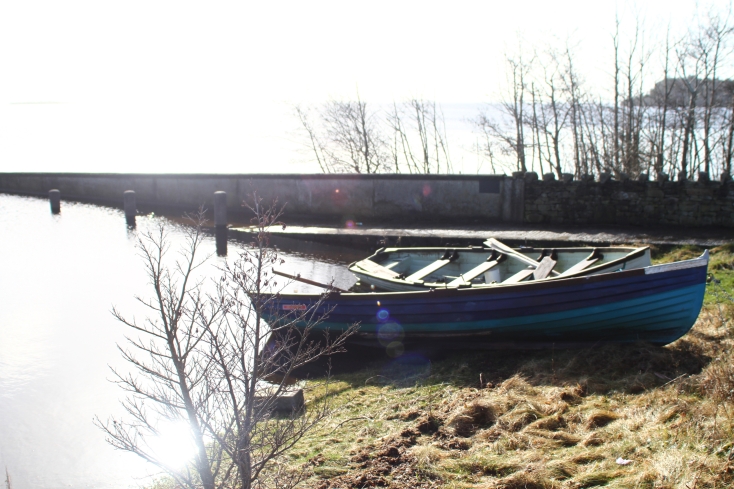
If we consider Castlebar as being at the centre of a circle, the radius to the south leads to Ballintubber, a small town of pre-Christian origin, a half way stop over in the journey from the East to Croagh Patrick, an ancient Druidic site later consecrated by St. Patrick . It was in Bullintubber that the same saint founded a church, but the real marvel that the saint preserves to this day can be seen in Bullintubber Abbey.
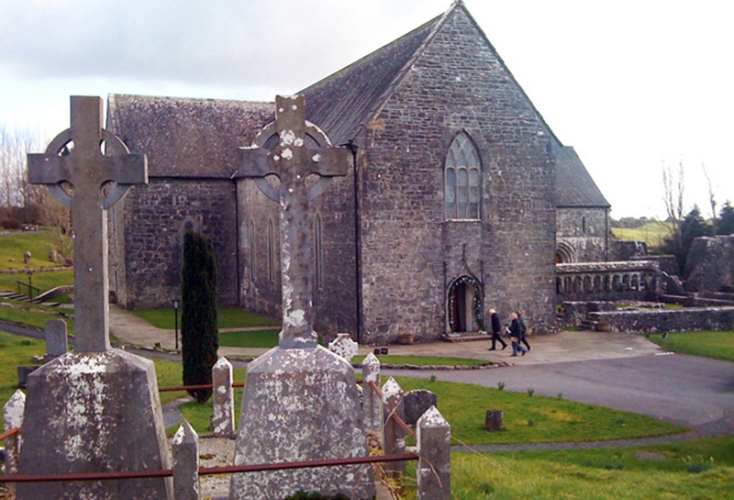
Bullintubber Abbey is the only church in Ireland founded by an Irish king that is still in use today and in 2016 will celebrate 800 years of life. And they are years of life, not age, because Bullintubber Abbey is an architectural miracle that every day seems to interact with the world around it and also changes, projecting its shadow onto the sacred ground that protects it, glistening under the same sun that lights Croagh Patrick in the distance.
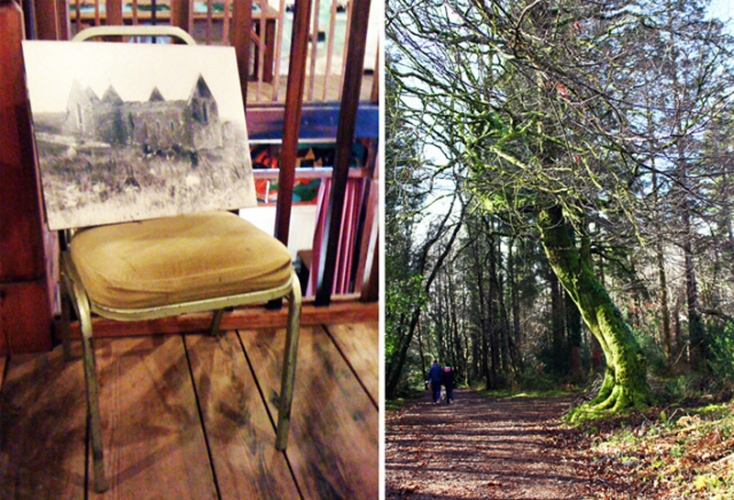
If you happen to go there, notice the energy that emanates from its walls, its arches, bursting from its corners that hide ancient Celtic symbols. You'll be greeted by Father Fahey, custodian of the abbey, with his ironic character he’s an invaluable guide, able to explain the differences between the good stories and the true stories that are told about the abbey.
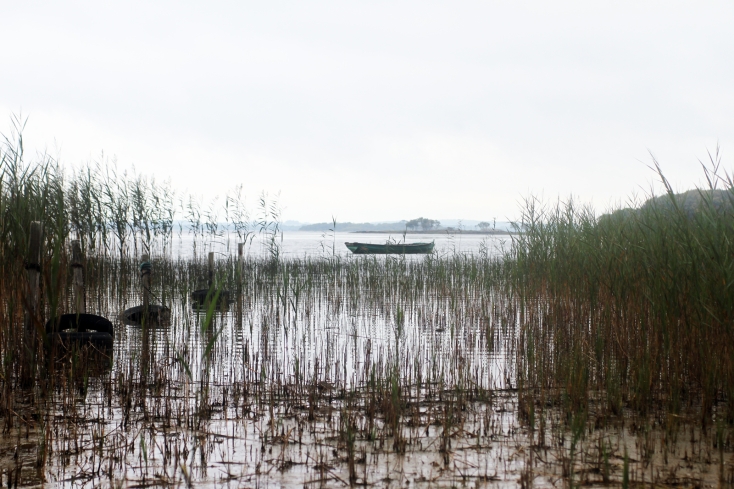
Leonardo da Vinci wrote that "In rivers, the water that you touch is the last of what has passed and the first of that which comes; and so the present time. " According to Leonardo, the flowing water is therefore a metaphor for the present, stopped at a point where the past meets the future. It’s almost as if you can hear his words resonate in the air as you approach the sun-drenched waters of Lough Carra, seemingly still despite flowing into Lough Mask.
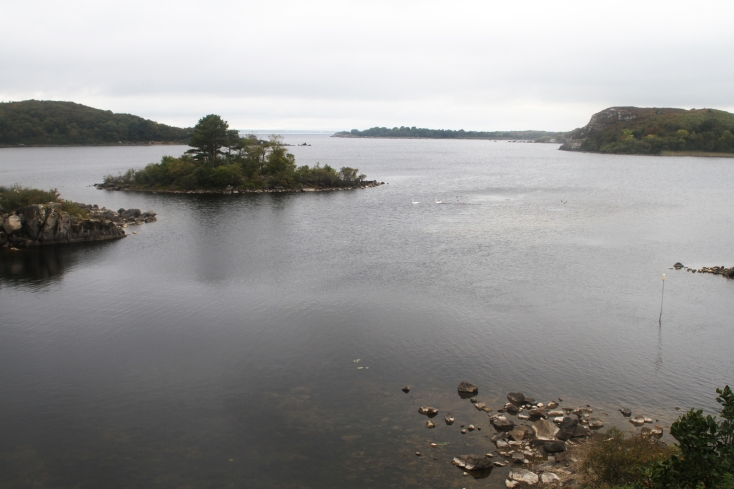
Lough Mask, also connected to the Corrib through an underground stream, is therefore the heart of a mechanism of communicating vessels, symbolic of the invisible order to which nature and men in Western Ireland conform: a time that makes no distinction between the past, the present and the future, a wonderful scene of constant communication between the elements.
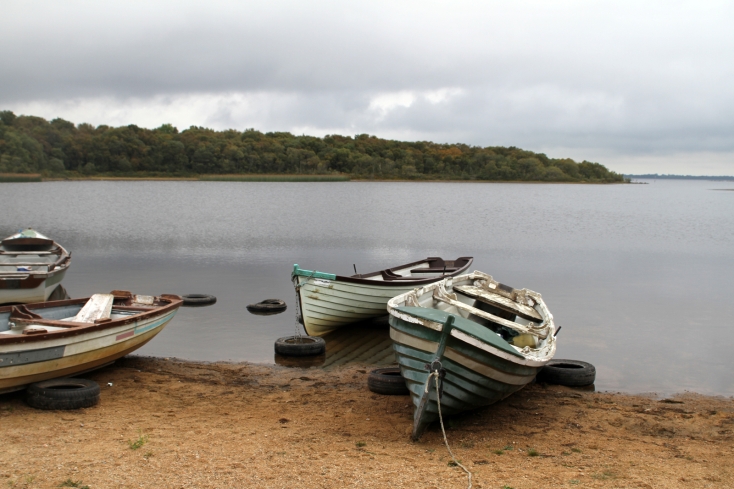
It would do a disservice to Lough Mask to speak only of its world fame for trout fishing or of the painful events that took place there during the Land War, because it’s so much more than that: it’s a manifestation of pure spirit. It’s not by coincidence that legend has it that one of the small islands that populate it, Bly Island, is haunted by a Banshee, an ancient female entity, bearing messages from the beyond.
The waters of Lough Mask reflect, like a peaceful parallel universe, the trees of Tourmakedy Woods. The area of Tourmakedy is bound to the past, preserving records of the oldest Irish to the present, welcoming the many people who return every year to trace their roots, and also to the future, through the project "The people's millennium forest", thanks to which in 2000 the inhabitants were invited to plant their own tree in the park.
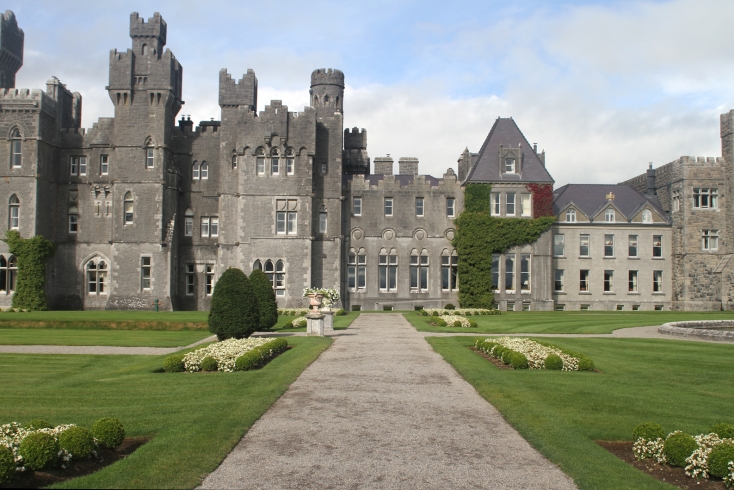
The underground stream that connects Lough Mask to Lough Corrib becomes the River Cong. It’s at Cong and particularly at Ashford Castle that the light exerts the most magnetism, applying its optical corrections on the castle walls, on the nearby abbey and on the surface of the lough, like an illusionist amazing his audience with a series of close up tricks.
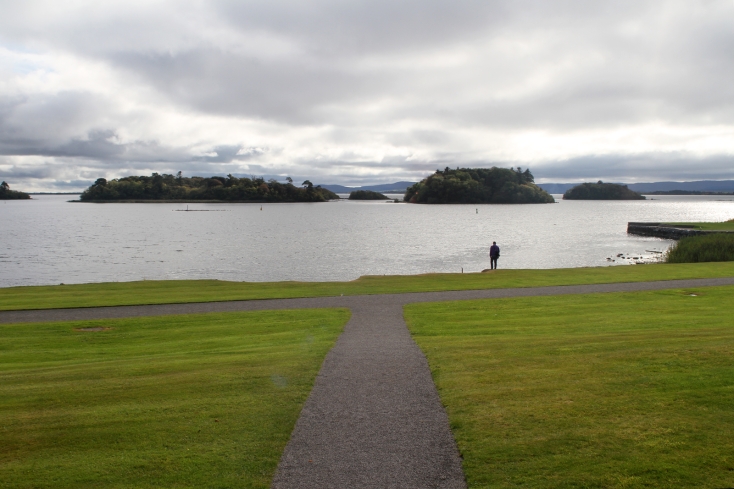
Ashford Castle, built in 1228 by the Guinness family and now a prestigious hotel, overlooks the shores of Lough Corrib, where before your eyes, the boundaries between the counties of Mayo and Galway merge in the water. The lough, connected to the sea by the medieval Friar's Cut, holds in its depths the secrets of many a wrecked boat, making it a site of international importance for marine archeology.
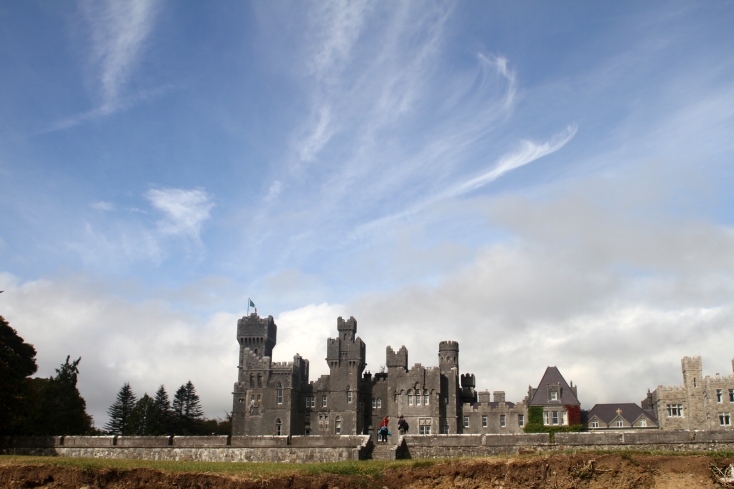
The air that you breathe in and around Cong justifies the choice of the last king of the Irish to spend his old age in its abbey and explains why director John Houston chose these places as the setting of his Oscar winning film "The Quiet man ", commemorated, not far from the abbey, by a bronze statue of the protagonists.
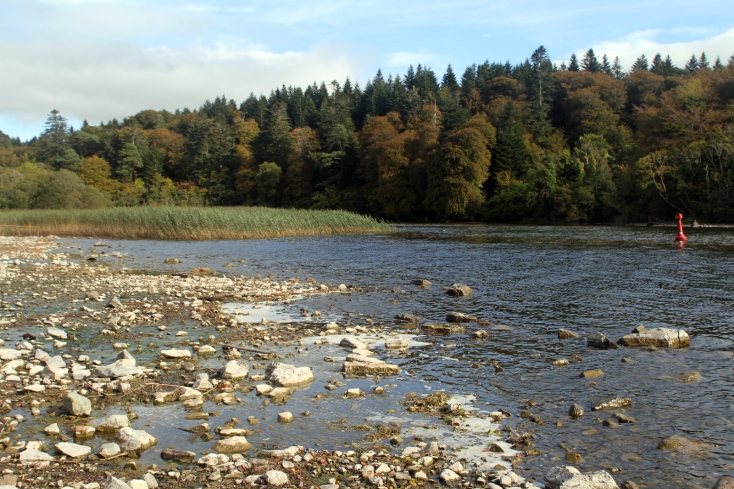
The statue portrays John Wayne holding Maureen O'Hara in his arms, their smile, their bodies, almost moving, lit by the same light that rests on the castle, the lough and the abbey, interpreting the volumes and bringing them to life before one’s very eyes.
